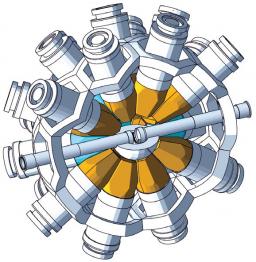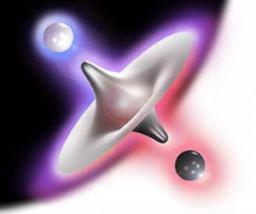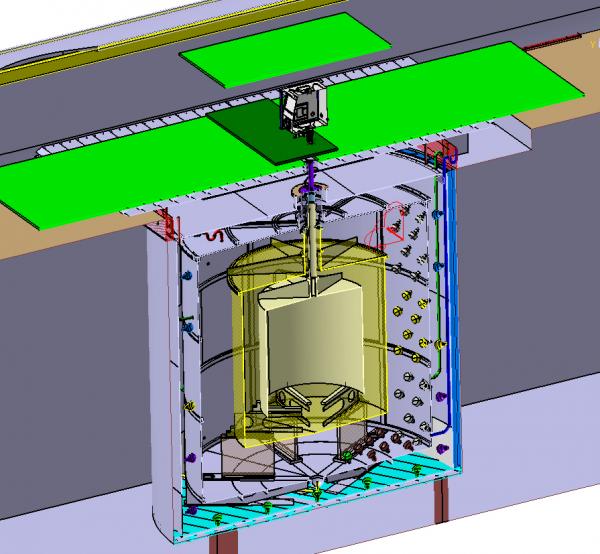The study of nuclear reactions aims at describing the mechanisms sustaining the evolution of nuclear matter when it undergoes a modification of its state. This modification can occur after an external excitation (e.g., neutron capture) or internal excitation (e.g., beta decay). This evolution is the consequence of the dynamics of nucleons in interaction with its neighbours and of the reorganization of the nuclear structure.


Fundamental Interactions: tests at low energies
Powerful fundamental interaction tests can be performed in the low energy domain, usually in the form of high precision measurements. At Irfu, this theme corresponds to two activities: - on the one hand, high-precision measurements of nuclear decay β at GANIL, - on the other hand to measure the movement of antihydrogen atoms in the Earth's gravitational field, i.e. a free fall experiment for antimatter.
The physics of neutrinos is studied using different sources such as reactors, accelerators and radioactive sources. The objectives of these experiments are: - to measure all neutrino oscillation parameters by varying their energies and oscillation distance and measure their mass. These measurements could be related to phenomena beyond the standard particle physics model: for example new interactions, or the existence of new particles.

